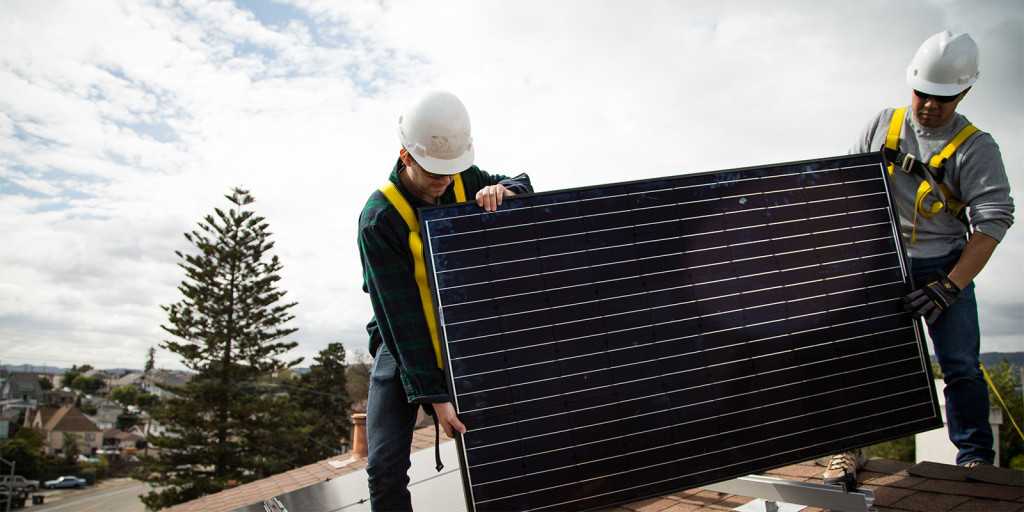The latest Renewable Energy and Jobs – Annual Review 2017 report from the International Renewable Energy Agency (IRENA), released at IRENA’s 13th Council meeting in Abu Dhabi today, has revealed that a total of 9.8 million people worldwide currently work in renewable energy.
By sector, solar PV is the largest employer, boasting 3.1 million jobs globally, with IRENA’s director-general Adnan Z. Amin revealing that the solar and wind employment sectors have more than doubled over the past four years.
“Falling costs and enabling policies have steadily driven up investment and employment in renewable energy worldwide since IRENA’s first annual assessment in 2012, when just over seven million people were working in the sector,” said Amin.
The global employment figure with large hydropower excluded is 8.3 million jobs, but with this sector added the total climbs to almost 10 million. China, unsurprisingly, supports the most renewable jobs with 3.64 million people working in the sector in 2016 – a 3.4% year-on-year increase.
In solar, the U.S., India and China lead the way for employment opportunities, with jobs in the U.S. increasing 17 times faster than the national average. In the past 12 months, the U.S. added 260,000 new solar jobs – a 24.5% increase.
Asia accounts for 62% of all renewable energy jobs globally, the report also found. The continent is diversifying, too, with southeast Asian manufacturing hubs in countries such as Malaysia and Thailand increasingly becoming the global centers for solar PV fabrication.
“Renewables are directly supporting broader socio-economic objectives, with employment creation increasingly recognized as a central component in the global energy transition,” Amin added. “As the scales continue to tip in favor of renewables, we expect that the number of people working in these sectors could reach 24 million by 2030, more than offsetting fossil-fuel job losses and becoming a major economic driver around the world.”
Brazil was another of the nations most prominent in growing its renewable energy employment figures in 2016, while in Africa, most of the 62,000 clean energy jobs are to be found at opposite ends of the continent in North Africa and RSA.
The head of IRENA’s policy unit, Rabia Ferroukhi, said that in some African countries a combination of the correct resources and infrastructure will result in more and more jobs emerging in manufacturing and installation for utility-scale projects.
“For much of the continent, however,” Ferroukhi added, “distributed renewables like off-grid solar are bringing energy access and economic development. These off- and mini-grid solutions are giving communities the chance to leapfrog traditional electricity infrastructure development and create new jobs in the process.”
This content is protected by copyright and may not be reused. If you want to cooperate with us and would like to reuse some of our content, please contact: editors@pv-magazine.com.



7 comments
By submitting this form you agree to pv magazine using your data for the purposes of publishing your comment.
Your personal data will only be disclosed or otherwise transmitted to third parties for the purposes of spam filtering or if this is necessary for technical maintenance of the website. Any other transfer to third parties will not take place unless this is justified on the basis of applicable data protection regulations or if pv magazine is legally obliged to do so.
You may revoke this consent at any time with effect for the future, in which case your personal data will be deleted immediately. Otherwise, your data will be deleted if pv magazine has processed your request or the purpose of data storage is fulfilled.
Further information on data privacy can be found in our Data Protection Policy.